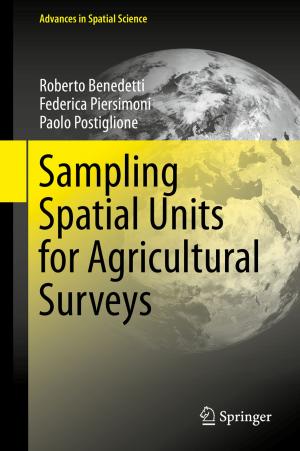Standard-Based Data and Information Systems for Earth Observation
Nonfiction, Science & Nature, Science, Earth Sciences, Geography| Author: | ISBN: | 9783540882640 | |
| Publisher: | Springer Berlin Heidelberg | Publication: | December 24, 2009 |
| Imprint: | Springer | Language: | English |
| Author: | |
| ISBN: | 9783540882640 |
| Publisher: | Springer Berlin Heidelberg |
| Publication: | December 24, 2009 |
| Imprint: | Springer |
| Language: | English |
CEOS was established under the auspices of the Economic Summit of Industrialized Nations in 1984 in response to a recommendation from a panel of experts in remote sensing within the Working Group on Growth, Technology and Employment (CEOS, 2009). The panel recognized the collective value of the world’s Earth remote sensing capabilities and the advantages that would be gained by the coordination of civil Earth observing satellite missions. By cooperating in mission planning and the development of compatible data products, applications, services and policies, the national space programs would maximize the bene?ts of their individual inve- ments and be able to better address the environmental challenges of the entire international community. CEOS was to serve as the focal point for this inter- tional coordination and to provide the forum for the change of policy and technical information. The members of CEOS are governmental organizations that are international or national in nature and are responsible for a civil space-borne Earth observation program that is currently in operation or in an advanced stage of system devel- ment. CEOS also has established Associate Members that are similar governmental organizations with a civil space-segment activity in an early stage of system dev- opment or those with a signi?cant ground-segment activity that supports CEOS objectives. Associate Members may also be existing satellite coordination group and scienti?c or governmental bodies that are international in nature and have a signi?cant programmatic activity that likewise is aligned with the goals of CEOS.
CEOS was established under the auspices of the Economic Summit of Industrialized Nations in 1984 in response to a recommendation from a panel of experts in remote sensing within the Working Group on Growth, Technology and Employment (CEOS, 2009). The panel recognized the collective value of the world’s Earth remote sensing capabilities and the advantages that would be gained by the coordination of civil Earth observing satellite missions. By cooperating in mission planning and the development of compatible data products, applications, services and policies, the national space programs would maximize the bene?ts of their individual inve- ments and be able to better address the environmental challenges of the entire international community. CEOS was to serve as the focal point for this inter- tional coordination and to provide the forum for the change of policy and technical information. The members of CEOS are governmental organizations that are international or national in nature and are responsible for a civil space-borne Earth observation program that is currently in operation or in an advanced stage of system devel- ment. CEOS also has established Associate Members that are similar governmental organizations with a civil space-segment activity in an early stage of system dev- opment or those with a signi?cant ground-segment activity that supports CEOS objectives. Associate Members may also be existing satellite coordination group and scienti?c or governmental bodies that are international in nature and have a signi?cant programmatic activity that likewise is aligned with the goals of CEOS.















